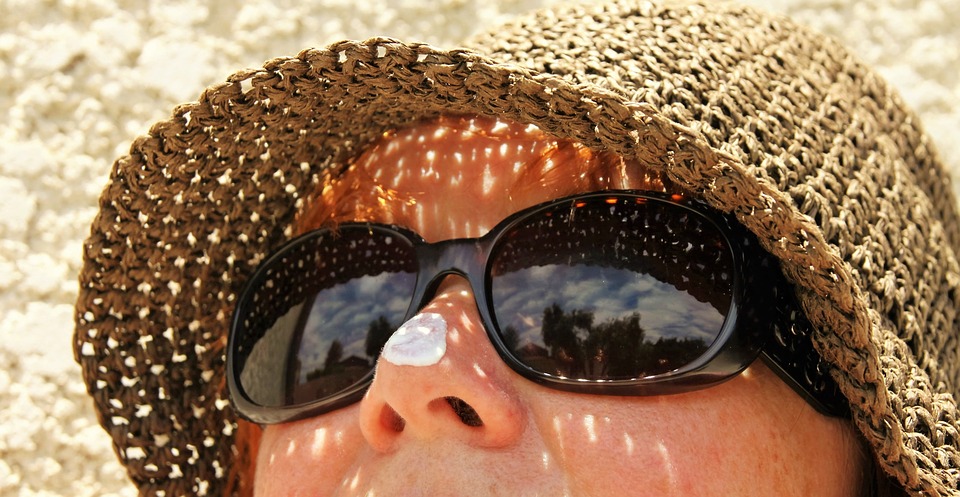
Sunscreen is key to protecting the skin from carcinogenic UV radiation. However, some synthetic sunscreen components can accumulate in aquatic environments and potentially cause harm by acting as hormone disruptors. One alternative to these ingredients is the biodegradable sunscreen compound shinorine, a UV-absorbing substance produced naturally by cyanobacteria and marine algae. The shinorine currently found in commercially available sunscreens comes from red algae gathered from the sea, but the yield can vary seasonally and geographically, limiting supply. So, Yousong Ding and colleagues sought to develop a more reliable source of shinorine by bringing production out of the wild and into the laboratory.
The team selected a strain of freshwater cyanobacteria, Synechocystis, as a host cell for shinorine expression because it grows quickly, and it is easy for scientists to change its genes. Next, they mined the cluster of genes responsible for the synthesis of shinorine from a native producer, the filamentous cyanobacterium Fischerella. The researchers then inserted these genes into Synethcocystis. At first, the production was dismal, three times lower than Fischerella production. But adding extra promoters to the gene cluster increased production ten-fold. Finally, the team exposed control cells and those expressing shinorine to UV radiation. No growth differences were observed with UV-A light. But control cells experienced an obvious decline in population from UV-B exposure. The researchers say that in the other cells, shinorine acted as sunscreen against UV-B light, which helped the cells live and grow better.
